Home>Articles>When Storing Raw Meat In The Refrigerator Where Should It Be


Articles
When Storing Raw Meat In The Refrigerator Where Should It Be
Modified: October 20, 2024
Discover the proper kitchen storage method for raw meat in the refrigerator. Keep your meat fresh and safe by storing it in the designated area.
(Many of the links in this article redirect to a specific reviewed product. Your purchase of these products through affiliate links helps to generate commission for Storables.com, at no extra cost. Learn more)
Introduction
Welcome to our guide on storing raw meat in the refrigerator! Properly storing raw meat is essential to maintain its freshness, prevent the growth of harmful bacteria, and ensure its safety for consumption. Whether you’re a seasoned carnivore or a beginner cook, understanding the best practices for storing raw meat will help you keep your food fresh and maintain its quality for longer periods. In this article, we will provide you with valuable tips and guidelines to ensure that you store raw meat correctly in your refrigerator.
When it comes to food safety, it’s crucial to handle raw meat with care. Bacteria such as Salmonella and E. coli can be present in raw meat, and if not stored properly, they can multiply rapidly and pose a risk to your health. Following the correct storage methods will not only help maintain food safety, but it will also prevent cross-contamination with other foods in your refrigerator. With the right knowledge and practices, you can enjoy the succulent flavors of your favorite cuts of raw meat while keeping yourself and your loved ones safe from any potential foodborne illnesses.
In the following sections, we will provide you with detailed guidance on the ideal temperatures for storing raw meat, the packaging and labeling requirements, the proper placement of raw meat in the refrigerator, and more. By following these guidelines, you’ll be able to keep your raw meat fresh and ready for cooking whenever you need it.
So, grab your apron and let’s dive into the world of proper raw meat storage!
Key Takeaways:
- Proper storage of raw meat in the refrigerator is crucial for maintaining freshness, preventing foodborne illnesses, and minimizing food waste. Follow temperature guidelines, separate meat from other foods, and check for spoilage before use.
- Different types of raw meat have specific storage requirements. Be mindful of storage times, packaging, and placement to ensure optimal freshness and safety. Properly labeled and organized storage reduces the risk of cross-contamination and enhances the dining experience.
Importance of Proper Storage
Proper storage of raw meat is essential for several reasons. Firstly, it helps maintain the quality and freshness of the meat. When meat is stored improperly, it can spoil quickly, leading to a loss of flavor, texture, and nutritional value. By storing meat at the right temperature and following the correct packaging and handling procedures, you can extend its shelf life and ensure it remains at its best quality.
Secondly, proper storage of raw meat is crucial for food safety. Raw meat, especially poultry, beef, and pork, can harbor harmful bacteria like Salmonella, Escherichia coli (E. coli), and Campylobacter. These bacteria can cause foodborne illnesses if consumed. By storing meat at the correct temperature and preventing cross-contamination, you reduce the risk of bacterial growth and minimize the chances of food poisoning.
Another important reason for proper storage is to prevent cross-contamination. Raw meat can contain bacteria that can spread to other foods if not stored correctly. This can happen through contact with other items in the refrigerator or through dripping juices. By following proper storage guidelines, you can avoid the transfer of bacteria from raw meat to other food items, reducing the risk of foodborne illnesses and ensuring the overall safety of your meals.
Lastly, proper storage practices can save you money. When raw meat spoils due to improper storage, it needs to be discarded, resulting in wasted food and wasted money. By following the correct storage guidelines, you can prevent spoilage, extend the shelf life of the meat, and reduce the frequency of grocery shopping trips.
Overall, proper storage of raw meat is crucial for preserving its quality, ensuring food safety, preventing cross-contamination, and saving money. By taking the time to store your meat correctly, you can enjoy delicious and safe meals, minimize food waste, and make the most out of your grocery purchases.
General Guidelines for Storing Raw Meat
When it comes to storing raw meat, there are some general guidelines that apply to all types of meat. These guidelines will help maintain the quality, safety, and flavor of the meat. Here are some key points to keep in mind:
- Temperature: The refrigerator is your meat’s best friend when it comes to storage. Keep your refrigerator temperature consistently at or below 40°F (4°C) to slow down bacterial growth. A refrigerator thermometer can help you monitor the temperature accurately.
- Separation: It’s important to keep raw meat separated from other food items. Place raw meat in leak-proof containers or seal it tightly in plastic bags to prevent the juices from contaminating other foods. You can also store raw meat on a tray or a plate on the bottom shelf of the refrigerator to catch any potential drips.
- Expiration Dates: Always check the expiration or “use by” dates on the packaging of your raw meat. If a meat product has passed its expiration date, it’s best to discard it to ensure safety and quality.
- Storage Time: Ideally, raw meat should only be stored in the refrigerator for a limited amount of time. It’s recommended to use or freeze raw beef, pork, veal, and lamb within 2-4 days of purchase. Poultry, including chicken and turkey, should be used or frozen within 1-2 days. Ground meats have a shorter storage time and should be used or frozen within 1-2 days.
- Freezing: If you won’t be using the raw meat within the recommended storage time, freezing is an excellent option. Properly wrap the meat in airtight packaging or freezer bags to reduce the risk of freezer burn. Label the packages with the type of meat and the date of freezing to keep track of their freshness.
- Thawing: When you’re ready to use frozen raw meat, it’s important to thaw it safely. The safest way to thaw meat is in the refrigerator, allowing it to slowly defrost. If you’re in a hurry, you can use the microwave’s defrost function or place the sealed meat in a waterproof bag and submerge it in cold water, changing the water every 30 minutes. Avoid thawing meat at room temperature, as it promotes bacterial growth.
- Leftovers: Once cooked, leftover raw meat should also be stored properly. Promptly refrigerate cooked meat within two hours of cooking to prevent bacterial growth. Store leftover cooked meat in shallow, airtight containers and use within 3-4 days. You can also freeze cooked meat for longer-term storage.
By following these general guidelines for storing raw meat, you can ensure its freshness, safety, and optimal quality. Proper storage practices not only preserve the taste and texture of the meat but also minimize the risk of foodborne illnesses. Now that you’re familiar with the basics, let’s dive into the specific guidelines for different types of raw meat.
Ideal Temperature for Storing Raw Meat
When it comes to storing raw meat, maintaining the proper temperature is crucial to ensure its safety and freshness. The ideal temperature for storing raw meat is below 40°F (4°C). At this temperature, the growth of bacteria, such as Salmonella and E. coli, slows down significantly, reducing the risk of foodborne illnesses.
To achieve and maintain the ideal temperature, it’s important to set your refrigerator to the appropriate level. Most refrigerators have a temperature control dial or setting that allows you to adjust the internal temperature. Make sure your refrigerator temperature is consistently at or below 40°F (4°C) by using a refrigerator thermometer to monitor it accurately.
It’s worth noting that different sections of your refrigerator may have slightly different temperatures. The back and bottom shelves tend to be the coldest, while the door shelves are typically warmer due to frequent opening and closing. For raw meat, it’s best to place it on the bottom shelf or in a meat drawer if your refrigerator has one. This ensures that any juices won’t drip onto other foods, reducing the risk of cross-contamination.
It’s important to maintain a consistent temperature in your refrigerator to prevent fluctuations that can promote bacterial growth. Avoid overcrowding the refrigerator, as this can interfere with proper air circulation. Keep a space between food items, allowing cold air to circulate effectively and maintain a consistent temperature throughout the refrigerator.
If you’re storing raw meat for an extended period or want to keep it for future use, freezing is a great option. The ideal temperature for freezer storage is 0°F (-18°C) or below. Freezing meat at this temperature halts the growth of bacteria and helps preserve its quality. However, keep in mind that freezing can cause some texture and flavor changes in certain types of meat, so it’s best to use frozen meat within a reasonable amount of time for optimal taste.
By ensuring that your refrigerator is set to and maintained at the ideal temperature, you can significantly reduce the risk of bacterial growth and maintain the freshness and quality of your raw meat. Remember to regularly check the temperature using a thermometer and make adjustments as needed to keep your meat safe and ready for delicious meals.
Considerations for Different Types of Raw Meat
When it comes to storing raw meat, different types of meat can have slightly different storage requirements. Here are some considerations to keep in mind for different types of raw meat:
- Beef: Fresh beef can be stored in the refrigerator for 2-4 days, depending on the cut. Ground beef has a shorter storage time and should be used or frozen within 1-2 days. To store beef, keep it in a sealed container or wrapped tightly in plastic wrap or aluminum foil to prevent exposure to air. If you’re storing beef for a longer period, consider freezing it in airtight packaging to maintain its quality.
- Pork: Fresh pork, including chops, roasts, and tenderloin, can be stored in the refrigerator for 2-4 days. Ground pork should be used or frozen within 1-2 days. Place pork in a covered container or wrap it tightly in plastic wrap to prevent it from drying out. Like beef, pork can also be frozen for longer storage, ensuring its freshness and flavor.
- Poultry: Chicken, turkey, and other poultry should be used or frozen within 1-2 days of purchase. It’s important to keep poultry well-wrapped and stored in a sealed container to prevent cross-contamination and any juices from leaking onto other foods. If freezing poultry, make sure it’s wrapped tightly in freezer-grade plastic bags or foil to maintain its quality.
- Lamb: Fresh lamb cuts can be stored in the refrigerator for 2-4 days. Ground lamb should be used or frozen within 1-2 days. Like other meats, lamb should be kept in sealed containers or wrapped tightly to prevent air exposure. Freezing lamb in airtight packaging helps preserve its flavor and texture for longer periods.
- Seafood: Fresh seafood, including fish, shrimp, and shellfish, is highly perishable and should be consumed or frozen within 1-2 days of purchase. It’s important to store seafood in airtight containers or well-sealed packaging to prevent odor transfer and maintain its quality. If freezing seafood, ensure it’s properly wrapped in freezer-grade materials to avoid freezer burn.
It’s worth noting that the general guidelines mentioned earlier still apply to all types of raw meat. However, these considerations take into account the specific storage times and characteristics of each meat type. Always check for any specific instructions or recommendations on the packaging of the meat you purchase.
By following the appropriate guidelines for each type of raw meat, you can ensure their freshness, quality, and safety. Proper storage practices will help you enjoy delicious meals while minimizing the risk of foodborne illnesses and waste.
Store raw meat in the coldest part of the refrigerator, usually the bottom shelf. This helps prevent any juices from dripping onto other foods and reduces the risk of cross-contamination.
Read more: How To Store Raw Beef
Proper Packaging and Labeling
Properly packaging and labeling raw meat is essential for maintaining its quality, preventing cross-contamination, and ensuring food safety. Here are some important guidelines to follow when packaging and labeling raw meat:
- Use Leak-Proof Containers: When storing raw meat in the refrigerator, it’s crucial to use leak-proof containers or well-sealed plastic bags. This prevents any juices from spilling and coming into contact with other foods, reducing the risk of cross-contamination and the spread of bacteria.
- Wrap Tightly: Ensure that raw meat is tightly wrapped to prevent air exposure, which can lead to spoilage and quality deterioration. Use plastic wrap, aluminum foil, or freezer storage bags to maintain the freshness of the meat.
- Avoid Overcrowding: Do not overcrowd the refrigerator or freezer with raw meat. Overcrowding can impede proper airflow and cooling, compromising the overall quality and safety of the meat. Leave enough space between packages for adequate circulation.
- Label Packages: Properly label each package of raw meat with the type of meat and the date of packaging. This helps you keep track of the freshness and avoids confusion when retrieving the meat from the refrigerator or freezer. Use waterproof markers or labels to ensure the information remains intact.
- Prevent Freezer Burn: When freezing raw meat, take steps to prevent freezer burn. Freezer burn occurs when the meat’s surface is exposed to air, leading to dryness and loss of quality. Wrap the meat tightly in freezer-grade plastic wrap or place it in airtight freezer bags to create a barrier against moisture and air.
- Consider Portioning: If you frequently cook smaller portions of meat, consider portioning your raw meat before freezing. This allows you to defrost only what you need, minimizing waste. Use freezer-safe containers or divide the meat into individual portions and wrap them separately.
- Properly Dispose of Packaging: After using the raw meat packaging, dispose of it properly. Be sure to wash your hands thoroughly after handling raw meat packaging to avoid any potential contamination.
By following these packaging and labeling guidelines, you can ensure the safety, quality, and organization of your raw meat storage. Properly packaged and labeled meat allows for easy identification and reduces the risk of cross-contamination. When properly stored and labeled, you’ll have peace of mind knowing exactly what you have, how long it has been stored, and how best to use it for delicious meals.
Placement of Raw Meat in the Refrigerator
The placement of raw meat in the refrigerator is crucial to prevent cross-contamination and maintain food safety. Here are some guidelines to follow when placing raw meat in the refrigerator:
- Bottom Shelf: Place raw meat on the bottom shelf of the refrigerator. This helps prevent any accidental dripping of meat juices onto other foods, reducing the risk of cross-contamination. If your refrigerator has a designated meat drawer, use it to further contain any potential leaks.
- Separate from Other Foods: Keep raw meat separated from other food items in the refrigerator. Store them in covered containers or wrap them tightly in plastic bags to prevent any contact or contamination. This includes keeping raw meat away from ready-to-eat foods, such as cooked leftovers or fresh produce.
- Avoid the Door Shelves: The door shelves of the refrigerator are the warmest areas and experience temperature fluctuations due to frequent opening and closing. Avoid storing raw meat in these areas as it may not maintain the ideal temperature, increasing the risk of bacterial growth.
- Organized Placement: Keep the refrigerator organized to prevent cross-contamination. Place raw meat in a way that allows for easy access and visibility. Stack or store items in an orderly manner, ensuring that no meat packages are dripping onto other foods.
- Avoid Overpacking: Avoid overpacking the refrigerator, especially when storing raw meat. Overpacking can limit airflow and prevent proper cooling, which may affect the quality and safety of the meat. Leave enough space between items for adequate air circulation.
- Consider Refrigerator Zones: Some refrigerators have different temperature zones or compartments. When storing raw meat, take advantage of these features if available. For example, use the meat drawer for storing raw meat, as it often provides colder and more controlled conditions.
By following these placement guidelines, you can minimize the risk of cross-contamination and ensure that raw meat remains at the appropriate temperature within your refrigerator. Organizing the refrigerator effectively not only helps maintain food safety but also allows for easier meal planning and preparation.
Remember to regularly clean and sanitize your refrigerator to remove any potential bacteria and food residues. This will contribute to a clean and safe storage environment for your raw meat and other perishable foods.
Preventing Cross-Contamination
Cross-contamination is a significant concern when storing raw meat in the refrigerator. It occurs when harmful bacteria from raw meat come into contact with ready-to-eat foods or surfaces, potentially leading to foodborne illnesses. To prevent cross-contamination, follow these crucial steps:
- Separate Raw Meat: Keep raw meat separate from other food items in the refrigerator. Store meat in covered containers or wrap it tightly in plastic bags to prevent any contact. This includes separating raw meat from ready-to-eat foods, such as fruits, vegetables, and cooked leftovers.
- Dedicated Storage: Designate specific shelves or drawers in the refrigerator for raw meat. This helps contain any potential drips or leaks and prevents them from contaminating other foods. If possible, use a bottom shelf or a meat drawer for raw meat storage.
- Use Different Utensils: When handling raw meat, use separate cutting boards, knives, and utensils to avoid cross-contamination with other foods. Color-coded cutting boards or clearly labeled utensils can help with easy identification and prevent mixing.
- Proper Hand Hygiene: Wash your hands thoroughly before and after handling raw meat. Use warm water and soap for at least 20 seconds, ensuring that you clean all surfaces of your hands. This prevents the spread of bacteria from the meat to other surfaces or foods.
- Clean Surfaces and Tools: Clean and sanitize any surfaces or tools that come into contact with raw meat. This includes cutting boards, countertops, utensils, and kitchen equipment. Use hot, soapy water or a mild bleach solution to disinfect these items after each use.
- Proper Storage Order: When placing food items in the refrigerator, follow a top-to-bottom storage order. Ready-to-eat foods should be stored at the top, followed by cooked items, and then raw meats at the bottom. This prevents any potential drips or leaks from contaminating foods below.
- Regular Cleaning: Regularly clean and sanitize your refrigerator to maintain a clean storage environment. Wipe up any spills or leaks promptly to prevent cross-contamination between different food items.
- Label and Date Items: Properly label and date all packaged raw meat stored in the refrigerator. This ensures that you use the oldest items first, reducing the risk of consuming expired or spoiled meat.
By following these practices, you can significantly reduce the risk of cross-contamination and keep your refrigerator a safe storage space for raw meat and other foods. Proper hygiene, separation, and cleanliness are key to maintaining food safety and preventing the spread of harmful bacteria.
Remember, when in doubt, it’s always better to err on the side of caution and discard any food items that show signs of spoilage or contamination.
Checking for Spoilage Before Use
Before using raw meat that has been stored in the refrigerator, it’s important to check for any signs of spoilage. Consuming spoiled meat can lead to foodborne illnesses, so it’s crucial to take the following steps to ensure its safety:
- Check the Use-By Date: Look at the use-by date on the packaging of the raw meat. If the date has passed, it’s best to discard the meat to avoid any potential health risks. The use-by date indicates the last day the meat is considered safe for consumption.
- Inspect the Appearance: Visually inspect the raw meat for any noticeable changes. Fresh meat should have a vibrant color and moist appearance. If the meat looks discolored, dried out, or has a slimy or sticky texture, it may be a sign of spoilage.
- Smell Test: Give the raw meat a sniff. Fresh meat typically has a mild, slightly metallic scent. If you detect any unpleasant or foul odors, such as a strong, rotten, or ammonia-like smell, it’s an indication that the meat has gone bad and should not be consumed.
- Texture Assessment: Feel the texture of the raw meat. It should be firm and slightly springy to the touch. If the meat feels excessively mushy, slimy, or has a sticky residue, it’s a sign of spoilage.
- Check for Mold: Inspect the raw meat for any signs of mold growth. Mold can indicate spoilage and should not be consumed. Even if the mold is only present on the surface, it’s best to discard the meat entirely.
- Trust Your Instinct: If you have any doubts about the freshness or safety of the raw meat, it’s better to be safe than sorry. If it doesn’t look, smell, or feel right to you, it’s best to err on the side of caution and discard it.
Always remember that proper storage and handling can help extend the shelf life of raw meat, but it does not guarantee its indefinite freshness. It’s essential to regularly check your stored meat for any signs of spoilage before using it in your meals.
By following these simple steps, you can ensure that the raw meat you use is safe, fresh, and of the best quality, providing you with a delicious and enjoyable dining experience while prioritizing your health and well-being.
Read more: How To Store Raw Chicken
Conclusion
Properly storing raw meat in the refrigerator is essential for maintaining its quality, ensuring food safety, and minimizing the risk of foodborne illnesses. By following the guidelines and considerations discussed in this guide, you can confidently store raw meat while preserving its freshness and flavor.
Remember to maintain the ideal temperature in your refrigerator, keeping it at or below 40°F (4°C) to slow down bacterial growth. Store raw meat in leak-proof containers or tightly wrapped in plastic bags to prevent cross-contamination with other foods. Properly label and date packages for easy identification and use older items first to reduce waste.
Considerations for different types of raw meat are crucial as each type may have slightly different storage times and requirements. Be mindful of the specific guidelines for beef, pork, poultry, lamb, and seafood to ensure optimal freshness and safety.
Proper packaging and labeling play a significant role in maintaining the quality of raw meat. Use leak-proof containers, avoid overpacking the refrigerator, and prevent freezer burn by ensuring airtight wrapping for frozen meat.
The placement of raw meat in the refrigerator is essential to prevent cross-contamination. Keep raw meat on the bottom shelf or in designated meat drawers, separate from other food items. Organize your refrigerator to allow for proper airflow and avoid overcrowding.
Regularly check for any signs of spoilage before using raw meat. Use your senses to inspect the appearance, smell, and texture. If there are any noticeable changes or unpleasant odors, it’s better to discard the meat to avoid any potential health risks.
In conclusion, by following the guidelines for proper storage, packaging, labeling, placement, and inspecting raw meat, you can ensure the safety, quality, and freshness of the meat you consume. These practices not only protect you from foodborne illnesses but also reduce food waste and maximize the enjoyment of your meals.
Remember, safe and proper handling of raw meat is an essential part of your culinary journey, ensuring that every dish you prepare is not just delicious, but also safe for you and your loved ones.
Curious about keeping your steaks and chicken as fresh as possible, even over extended periods? Learning how to store meat in a freezer properly ensures that quality and flavor are preserved. Whether you're stocking up for a barbecue or preparing meal portions for the week, understanding optimal freezing techniques is vital. Also, if you're looking to upgrade your home storage solutions, discover the best cold storage options available for 2024. Ideal for those who value organization and efficiency in their kitchen setups, these advanced units promise to keep all your perishables in top condition.
Frequently Asked Questions about When Storing Raw Meat In The Refrigerator Where Should It Be
Was this page helpful?
At Storables.com, we guarantee accurate and reliable information. Our content, validated by Expert Board Contributors, is crafted following stringent Editorial Policies. We're committed to providing you with well-researched, expert-backed insights for all your informational needs.
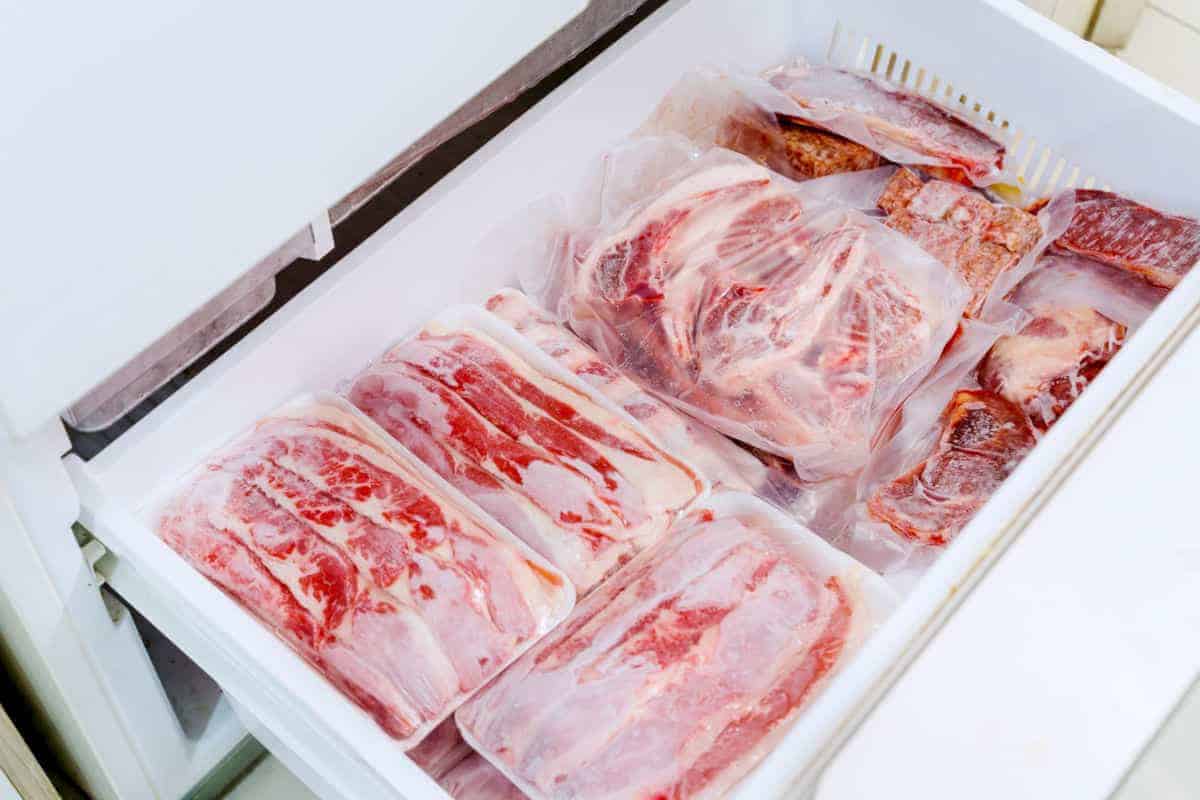
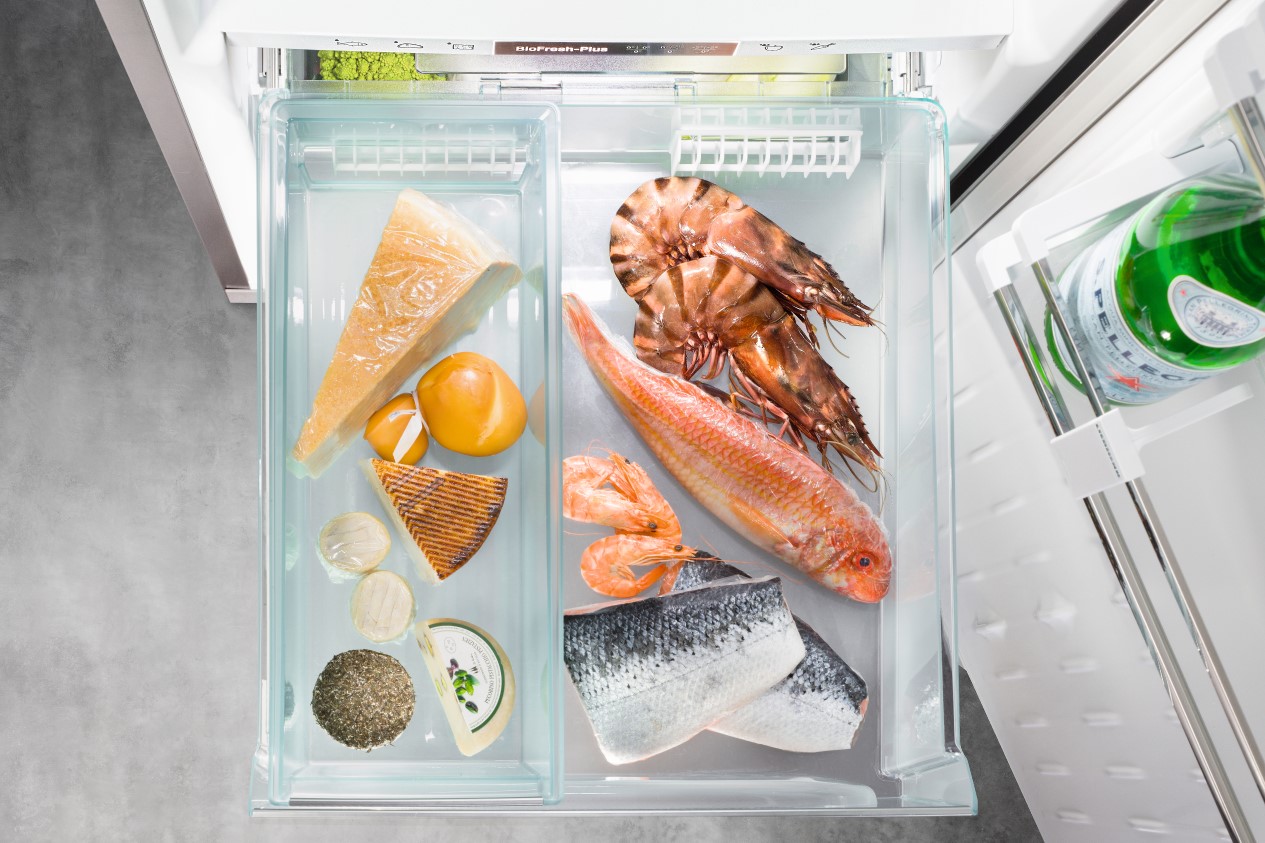
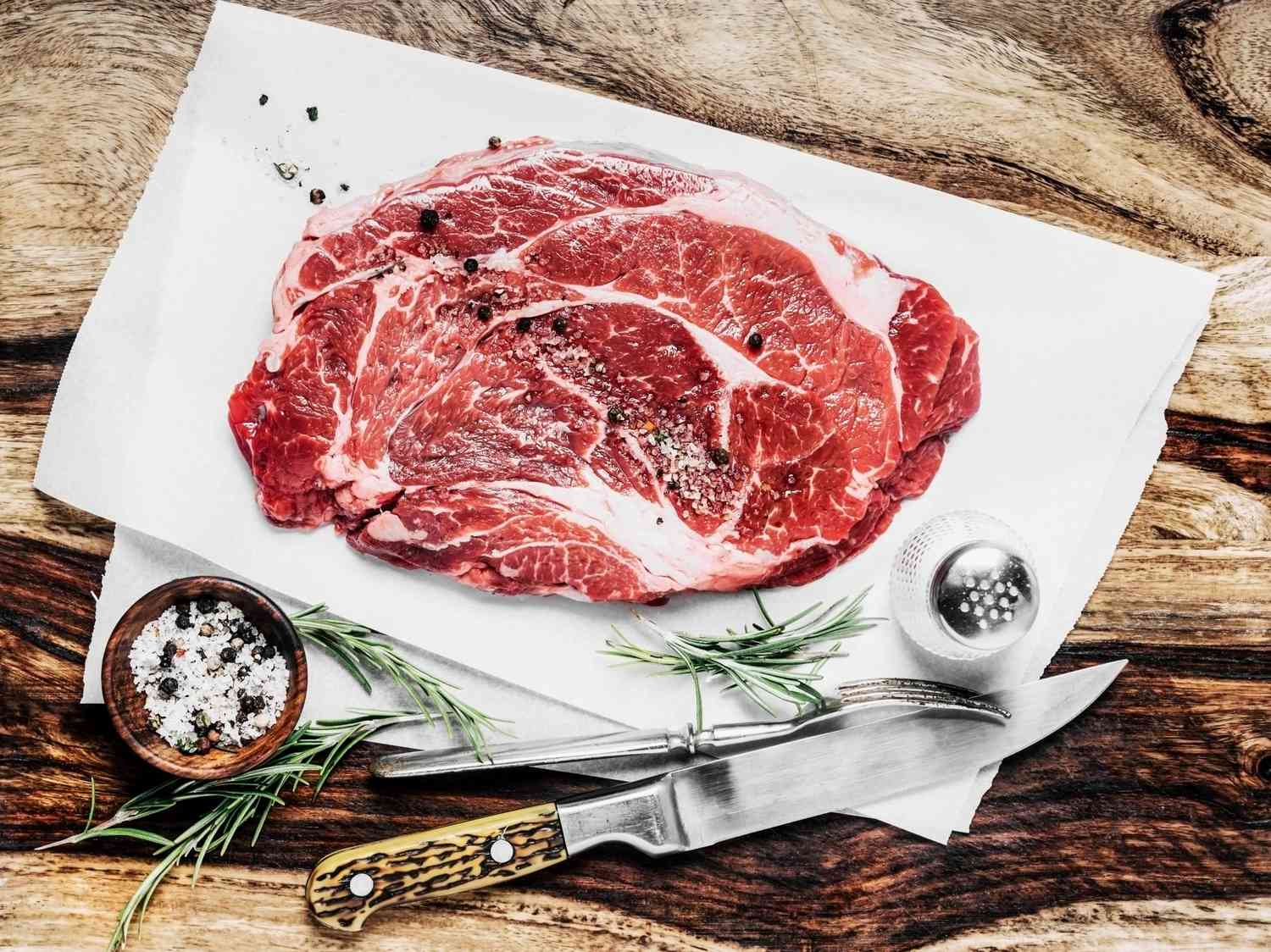
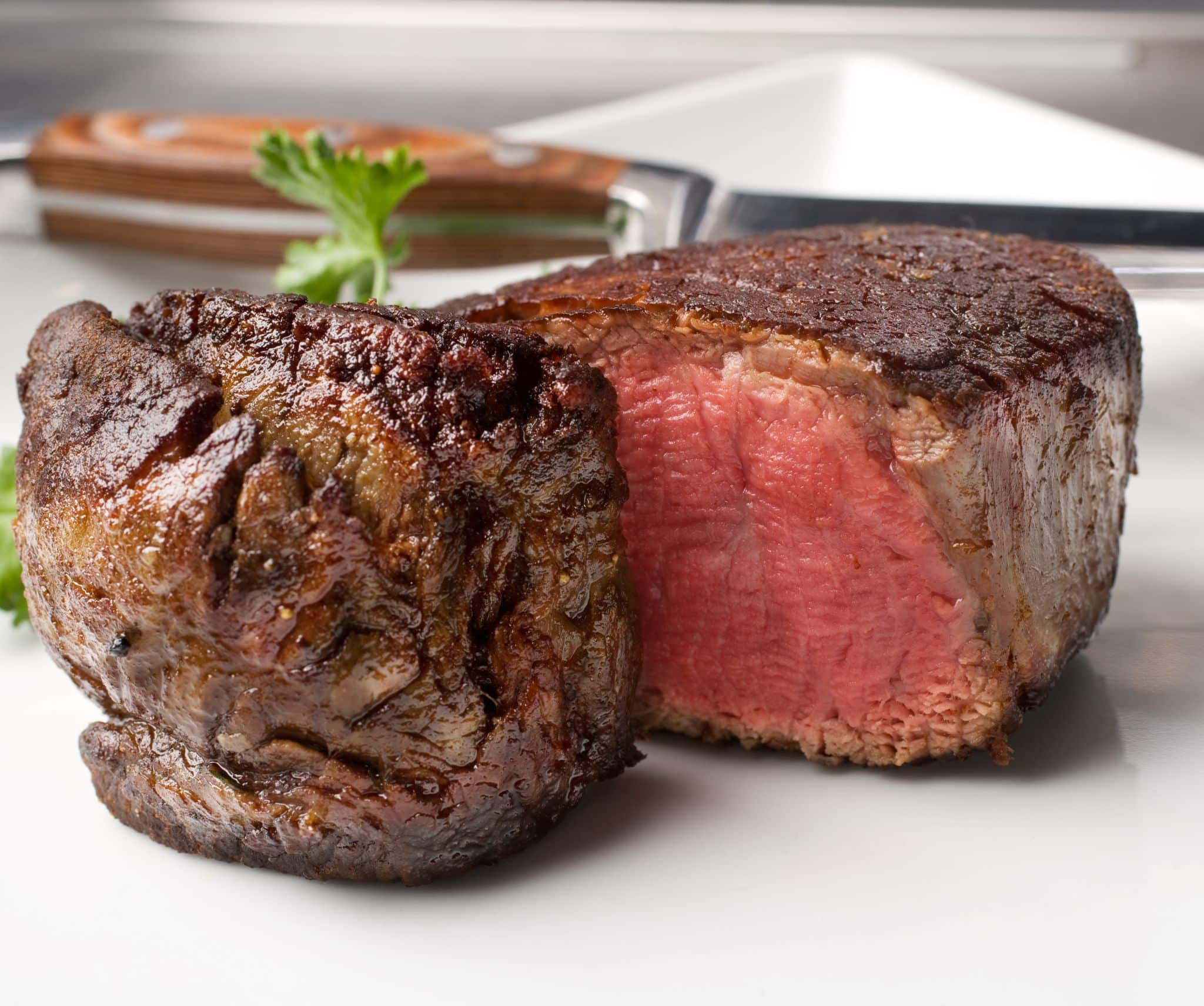
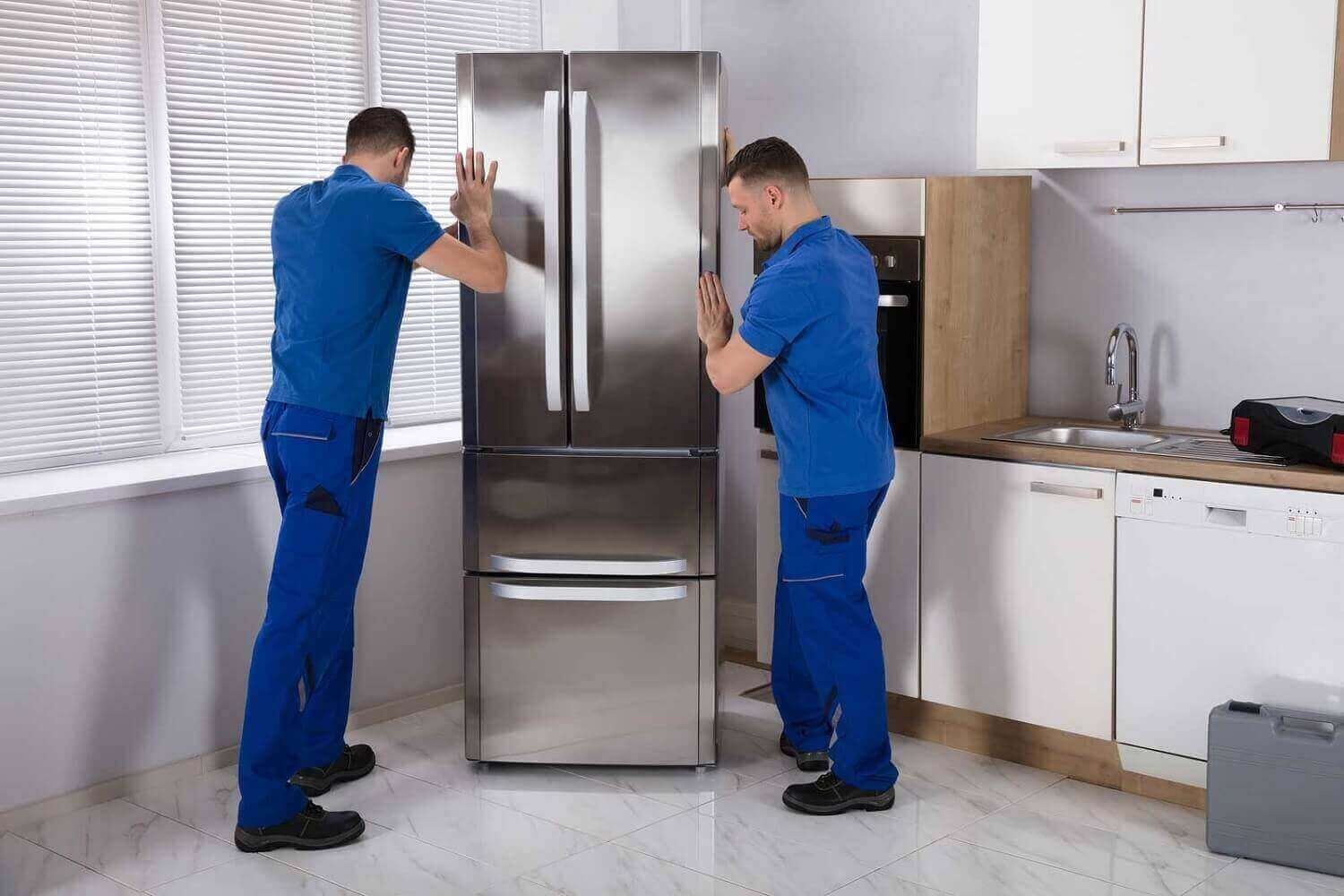

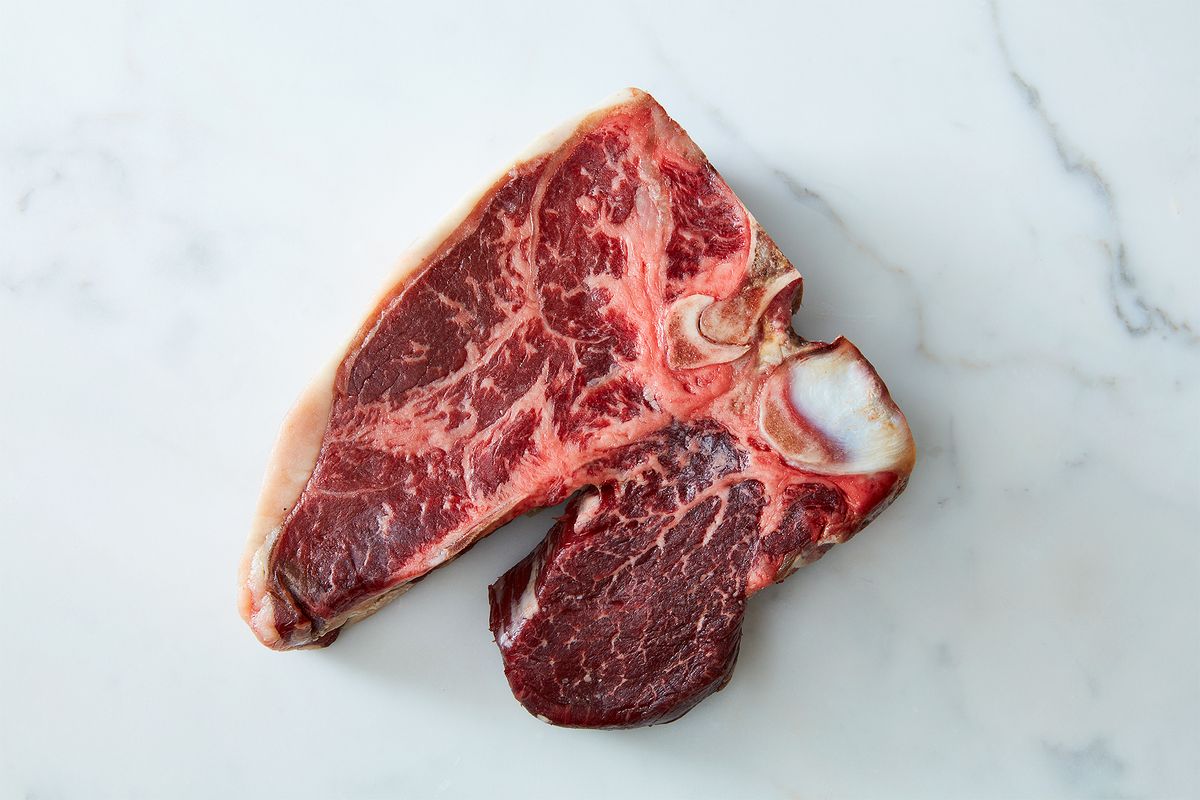
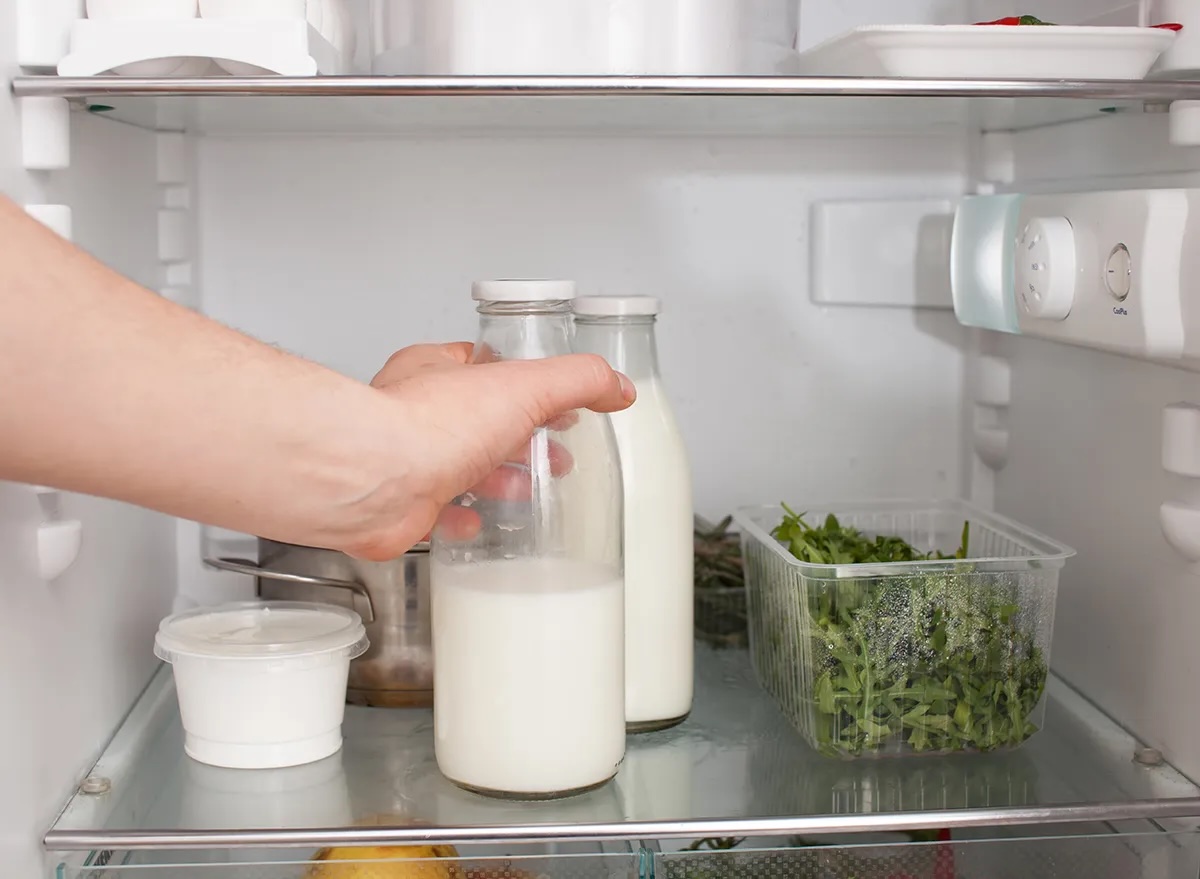

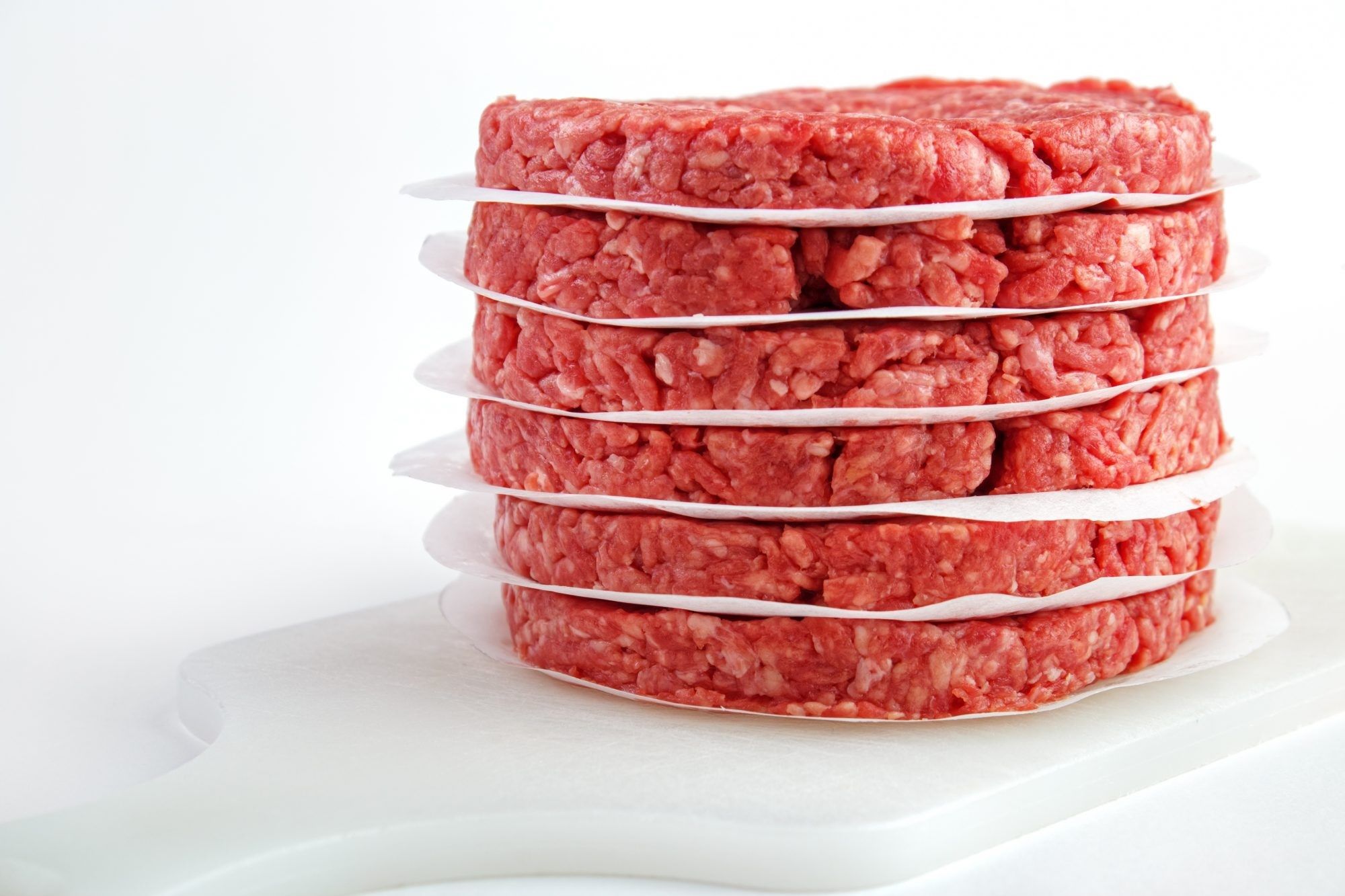




0 thoughts on “When Storing Raw Meat In The Refrigerator Where Should It Be”